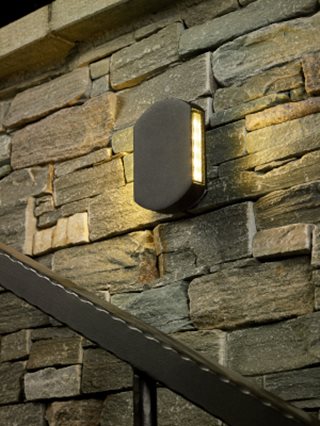 What is an IP Rating?
What is an IP Rating?
An IP rating stands for ‘Ingress Protection’ and is an international standard used to rate the effectiveness of sealants against moisture and dirt. Each IP rating has two digits; the first rates effectiveness of sealants against solids and the second against water. The higher the number, the greater the protection.
First Number
0 - No protection
1 - Protected against solid objects up to 50mm (eg. hand)
2 - Protected against solid objects up to 12mm (eg. finger)
3 - Protected against solid objects up to 2.5mm (eg. tool)
4 - Protected against solid objects up to 1mm (eg. wire)
5 - Limited protection against dust, limited ingress
6 - Total protection against dust
Second Number
0 - No protection
1 - Protection against vertically falling drops of water
2 - Protection against direct sprays of water when light is tilted up to 15 degrees from vertical
3 - Protection against direct sprays of water when light is tilted up to 60 degrees from vertical
4 - Protection against water splashed from all directions
5 - Protected against low pressure jets of water from all directions
6 - Protected against powerful jets of water or heavy seas
7 - Protected against short periods of immersion in water; between 15cm and 1m for up to 30 minutes
8 - Protected against long periods of immersion in water
Bathroom lighting
In rooms where water is present - such as bathrooms and kitchens - certain lighting must meet a minimum IP rating to reduce the risk of electric shock. When installing bathroom lighting, it’s important to understand the bathroom ‘zones’ and which IP rating applies to each:
Zone 0: The area inside the bathtub or shower cubicle. Any fitting installed within Zone 0 must be low voltage (max 12v) and be totally immersion proof, with a minimum rating of IP67.
Zone 1: The area around the bath and shower up to a height of 2.25m from the floor and a radius of 1.2m from the water outlet. In this zone, the rating must be a minimum of IP44 although, in practice, many shower lights are rated IP65.
Zone 2: The area reaching 0.6m outside Zone 1. A minimum rating of IP44 is to be used here, and it’s also good practice to consider the area around a wash basin, within a 0.6m radius of the taps, as Zone 2.
Zone 3: The area reaching 2.4m outside Zone 2. In this area, no IP rating applies unless water jets are used for cleaning.

Kitchen Lighting
While it is not normally necessary to use IP rated lighting in places like the ceiling spotlight in the kitchen, it would be recommended to used elsewhere, particularly for cabinet lights.
For installations like these we would suggest using IP20 rating, for additional protection.
Outdoor Lighting and Sockets
We would suggest only using outdoor lighting that is rated at IP44 or above, unless you are exposing them to heavy rain, in which case we would recommend a higher rating.
For outdoor sockets and switches we would recommend only using IP66 rated sockets, which are suitable for all outdoor use.
Consult an Electrician
Don't forget, always seek advice from a qualified electrician if you are unsure of what you need or how to correctly install lighting in any area of your home. Don't forget it is now a legal requirement for a qualified electrician to fit electrical fittings in many rooms in your house and particularly outside. Once again, if in doubt please consult, or better still, use a qualified electrician for all installations.
We have a wide selection of lighting and sockets & switches available with IP ratings. Please browse the ranges or call us if you need any further details on the products.
